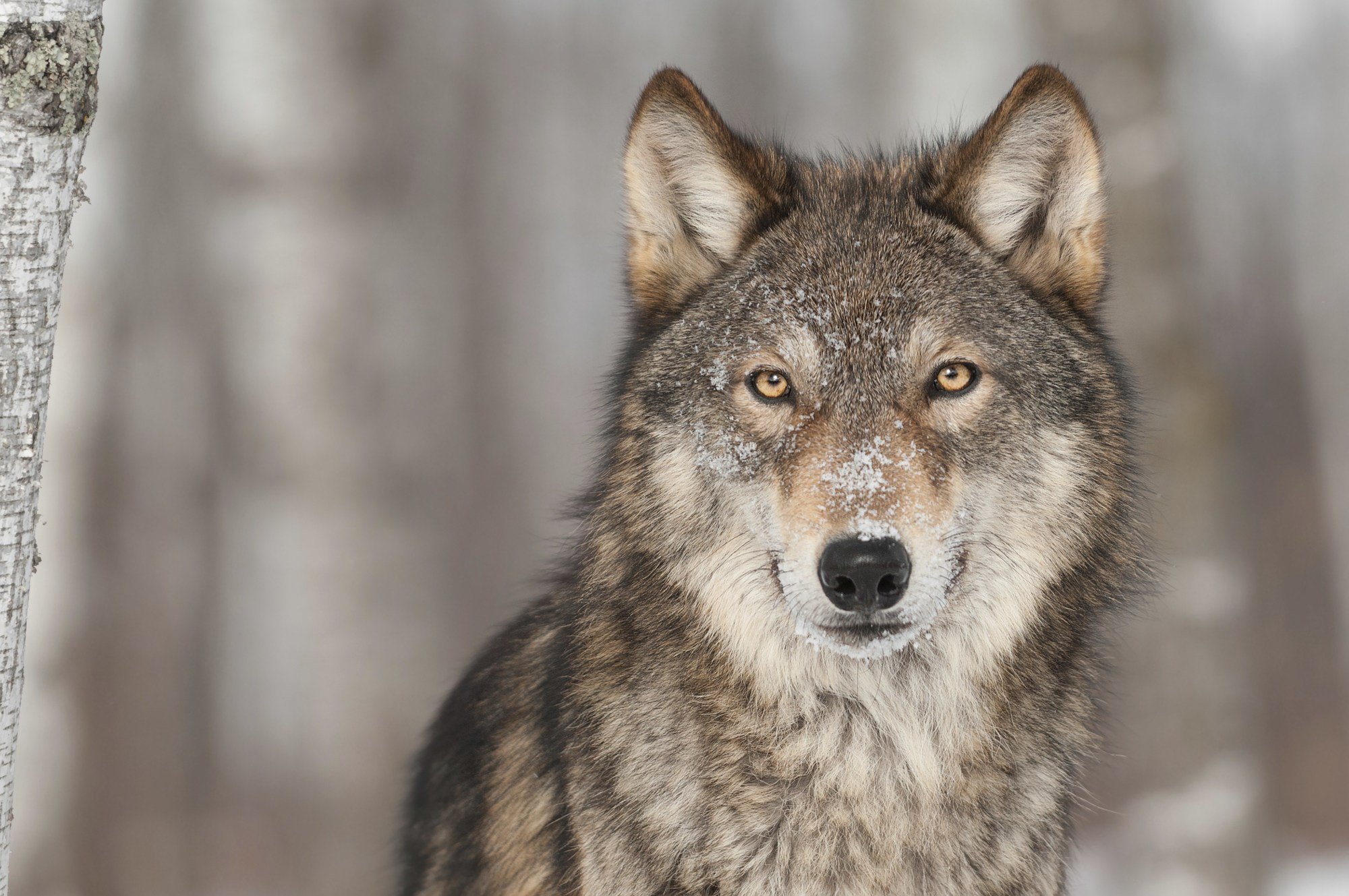Raven And The Wolves: A Captivating Tale Of Survival And Bonding
Deep within the wilderness lies a fascinating story of survival, intelligence, and the unbreakable bond between ravens and wolves. This unique relationship has intrigued scientists, nature enthusiasts, and storytellers alike. It showcases how two seemingly different creatures can coexist harmoniously in the wild.
Raven and the wolves represent a perfect example of mutualism in nature. Their interactions go beyond simple predator-prey dynamics, creating an intricate web of cooperation that ensures survival in challenging environments. Understanding this relationship provides valuable insights into the complexity of ecosystems and animal behavior.
This article delves into the captivating world of ravens and wolves, exploring their behaviors, interactions, and the benefits they derive from each other. We'll examine scientific studies, historical accounts, and fascinating facts that highlight the importance of this relationship in maintaining ecological balance. Let's embark on this journey to uncover the secrets of raven and the wolves.
Read also:April 21 Birthdays Celebrating Iconic Personalities And Their Remarkable Achievements
Table of Contents
- Introduction
- Biological Overview of Ravens and Wolves
- Habitat and Distribution
- Behavioral Traits
- The Relationship Between Ravens and Wolves
- Scientific Studies and Findings
- Historical Significance
- Cultural Impact
- Conservation Efforts
- Future Research Directions
Biological Overview of Ravens and Wolves
Characteristics of Ravens
Ravens (Corvus corax) are highly intelligent birds known for their problem-solving abilities and adaptability. They belong to the Corvidae family, which also includes crows, jays, and magpies. Ravens are characterized by their large size, glossy black plumage, and wedge-shaped tails. Their vocal repertoire is extensive, with over 30 distinct calls used for communication.
Characteristics of Wolves
Wolves (Canis lupus) are social predators that live in packs, exhibiting strong family bonds and complex social structures. They are highly intelligent and adaptable, capable of thriving in diverse environments. Wolves play a crucial role in maintaining ecosystem balance by controlling prey populations and promoting biodiversity.
Both species share common traits such as intelligence, adaptability, and social behavior, which contribute to their successful coexistence in the wild.
Habitat and Distribution
Ravens and wolves inhabit similar ecosystems, primarily in the Northern Hemisphere. They can be found in forests, tundras, deserts, and mountains, adapting to various climatic conditions. Their overlapping habitats increase the likelihood of interaction and cooperation between the two species.
- Ravens are widely distributed across North America, Europe, and Asia.
- Wolves inhabit regions such as the boreal forests of Canada, the tundra of Alaska, and the mountainous areas of Europe.
- Both species thrive in environments where food resources are abundant and human interference is minimal.
Behavioral Traits
Communication and Intelligence
Ravens and wolves exhibit remarkable communication skills and problem-solving abilities. Ravens use a variety of calls, body movements, and visual signals to convey information, while wolves rely on vocalizations, body language, and scent marking to communicate within their packs.
Studies have shown that ravens can understand the intentions of wolves and respond accordingly, indicating a high level of cognitive ability. This mutual understanding strengthens their cooperative relationship in the wild.
Read also:Amp Squad Members Unveiling The Powerhouse Team Behind Googles Accelerated Mobile Pages
Hunting and Foraging Strategies
Both species employ sophisticated hunting and foraging strategies to maximize their chances of survival. Wolves rely on teamwork and coordination to take down large prey, while ravens use their keen eyesight and intelligence to locate food sources.
Research published in the journal Animal Behavior highlights how ravens often follow wolf packs to scavenge leftover carcasses, benefiting from the wolves' hunting prowess.
The Relationship Between Ravens and Wolves
Mutual Benefits
The relationship between ravens and wolves is a prime example of mutualism in nature. Ravens benefit from the wolves' ability to kill large prey, providing them with access to food sources they couldn't obtain on their own. In return, ravens alert wolves to the presence of potential prey or predators, enhancing the wolves' hunting success.
Communication and Cooperation
Communication plays a vital role in the raven-wolf relationship. Ravens often vocalize when they discover a food source, attracting wolves to the area. Similarly, wolves may respond to raven calls by investigating the source of the noise, leading to collaborative hunting efforts.
This cooperative behavior has been documented in numerous studies, including research conducted in Yellowstone National Park, where ravens and wolves were observed working together to locate and exploit food resources.
Scientific Studies and Findings
Scientific research has shed light on the intricate relationship between ravens and wolves. A study published in the Journal of Ethology found that ravens are more likely to approach wolf kills than other types of carrion, indicating a preference for this specific food source.
Another study conducted by the University of Zurich revealed that ravens exhibit advanced cognitive abilities when interacting with wolves, including the ability to remember past experiences and adjust their behavior accordingly.
These findings underscore the importance of understanding animal interactions and their implications for ecosystem dynamics.
Historical Significance
The relationship between ravens and wolves has been recognized for centuries in various cultures and traditions. In Native American folklore, ravens are often depicted as tricksters or wise guides, while wolves symbolize loyalty and strength. Together, they represent the balance between intelligence and power in nature.
Historical accounts from early European settlers in North America describe observations of ravens and wolves interacting in the wild, highlighting the long-standing connection between these two species.
Cultural Impact
Ravens and wolves have inspired countless works of literature, art, and film. Their relationship serves as a metaphor for cooperation, adaptability, and survival in challenging environments. From classic novels like Jack London's "White Fang" to modern films such as "The Grey," the raven-wolf dynamic continues to captivate audiences worldwide.
These cultural representations not only entertain but also educate people about the importance of preserving natural ecosystems and the creatures that inhabit them.
Conservation Efforts
Conserving ravens and wolves is essential for maintaining healthy ecosystems. Both species face threats from habitat loss, climate change, and human activities. Conservation organizations such as the World Wildlife Fund (WWF) and the International Union for Conservation of Nature (IUCN) work tirelessly to protect these animals and their habitats.
Efforts include establishing protected areas, promoting sustainable land use practices, and raising awareness about the ecological significance of ravens and wolves. Public support and collaboration are crucial for the success of these initiatives.
Future Research Directions
Further research is needed to fully understand the complexities of the raven-wolf relationship. Areas of interest include:
- Investigating the cognitive mechanisms underlying raven-wolf interactions.
- Examining the impact of environmental changes on their relationship.
- Exploring the potential applications of this mutualism in conservation biology.
By advancing our knowledge of these fascinating creatures, we can develop more effective strategies for their protection and preservation.
Kesimpulan
Raven and the wolves exemplify the power of cooperation and mutualism in nature. Their relationship highlights the intricate connections that exist within ecosystems and the importance of preserving biodiversity. Through scientific research, cultural representation, and conservation efforts, we can ensure the survival of these remarkable species for generations to come.
We invite you to share your thoughts and experiences about ravens and wolves in the comments below. Explore our other articles to learn more about wildlife and conservation. Together, let's celebrate the beauty and complexity of the natural world!


